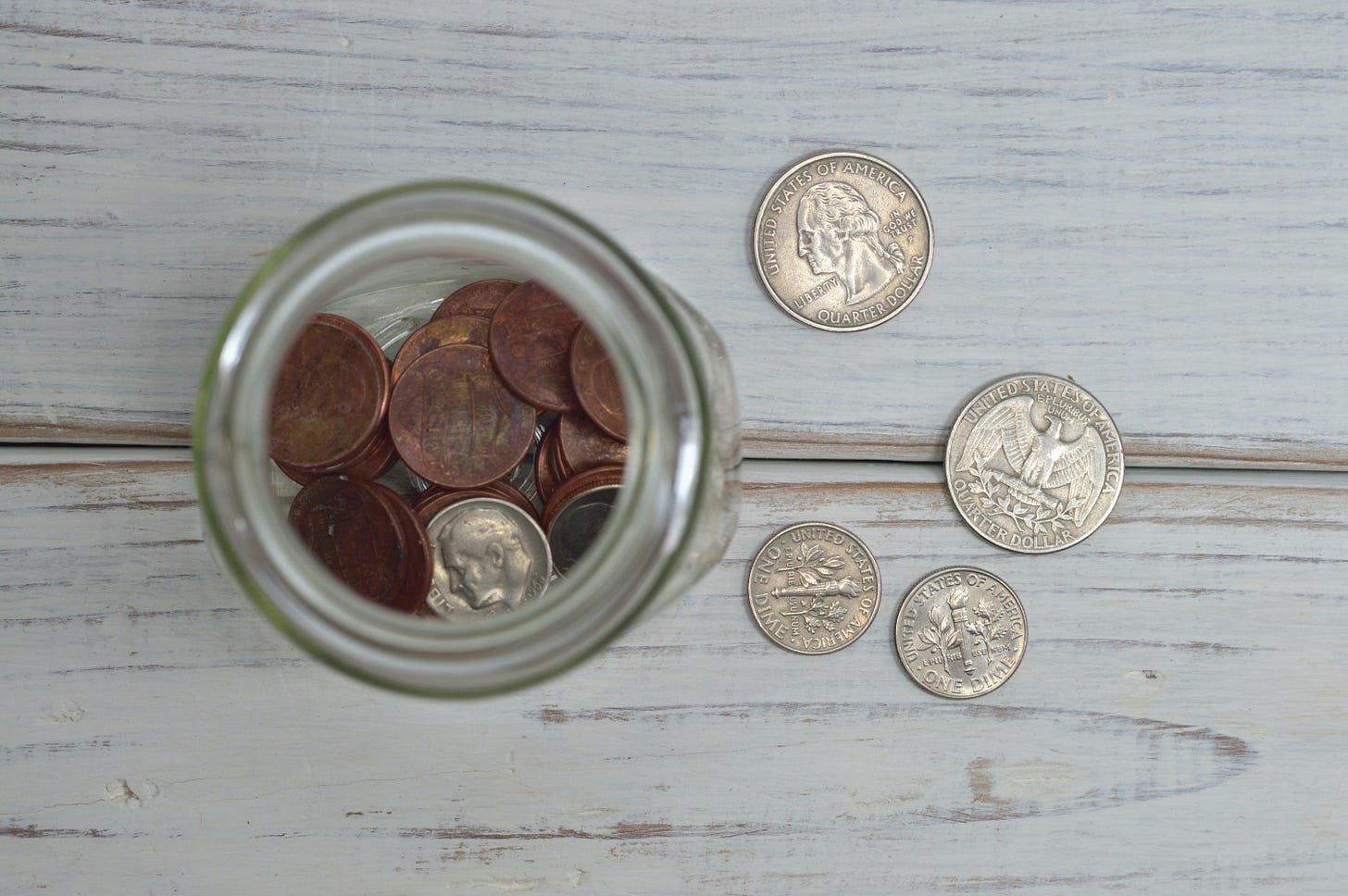By Mark Robert Rank

I have spent my career studying poverty, economic inequality, and social policy in America and teaching about these topics at Washington University in St. Louis, where I have been a faculty member since 1985.
Much of my research has focused on the life course risk of poverty in America. Using data from hundreds of thousands of Americans taken from a longitudinal study that began in the 1960s, my colleagues and I have been able to estimate the likelihood that the average American will experience poverty at some point in their lives.
As you can see in the table below, our data show that nearly 60% of Americans will experience at least one year of poverty at some point in their lives.

While I have published my research findings in a number of academic articles and books over the years, I have recently begun to think differently about how and where I should share my work. I have become increasingly active in trying to expand awareness of poverty research beyond the academic community and into the public discourse. In the age of powerful computing, big data, and the internet, researchers have an incredible opportunity to get our research into the hands of everyday Americans to make use of in their lives.
It occurred to me that it might be possible to use this body of poverty research in order to develop a tool that would allow individuals to estimate their own risk of poverty. The idea is similar to a doctor’s ability to predict your risk of heart disease. Using several pieces of information (blood pressure, cholesterol, etc.), your doctor can make a reasonable estimate of your chances of having a heart attack in the next decade. These numbers are based on statistical patterns derived from a very large sample of families that make up the Framingham Heart Study, the longitudinal study of cardiovascular health that began in 1948.
Could we do this with poverty data? It is one thing to report research findings and have them largely read by other researchers, another for them to be noticed by the public, and quite another to enable the public to use that research to directly inform their own lives. Such personal access to these important research findings can serve as a potentially empowering and enlightening experience.
Working with my colleagues over the course of hundreds of hours of programming and designing, we developed the poverty risk calculator. You can try it for yourself by scrolling down and clicking on the button below.
Using our calculator, individuals enter background information on five dimensions (age, race, gender, education, and marital status), and receive a 5-, 10-, and 15-year probability that they will experience at least one year of poverty during these time periods. Individuals can also calculate their odds of experiencing near-poverty and extreme poverty.
The calculator is designed so that individuals can also easily compare their profile with others’ side-by-side in the same graph to examine how the risk of poverty varies by different characteristics. The impact of each variable is profound, and one can readily see how poverty is affected by, for example, changes to one’s race, education, or marital status. This allows users to observe the impact of key social dimensions on life chances. Try it for yourself below and see how even a single change can drastically alter your personal risk of poverty.
By utilizing the calculator you can see that the risk of poverty for many Americans is significant. While the likelihood of poverty may be low during any single year, across multiple years, individuals observe that their risk can rise substantially. Seeing this should allow people to begin to understand poverty as both a personal and public issue.
To date, our website has garnered over 1.5 million page views, with visitors hailing from 99% of countries around the globe. We plan to extend its use into a number of different settings including high school classrooms, university courses, and community and civic agencies. We also plan to expand the website and calculator in order to estimate the likelihood of other dimensions of economic distress, such as the chances of using a social safety net program, the probabilities of experiencing a spell of unemployment, and the likelihood of a significant drop in annual income. This information can help to map out the economic dangers that face many Americans and provides the knowledge and impetus to actively confront and alter that future.



